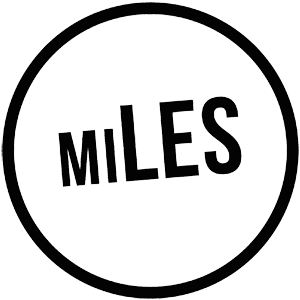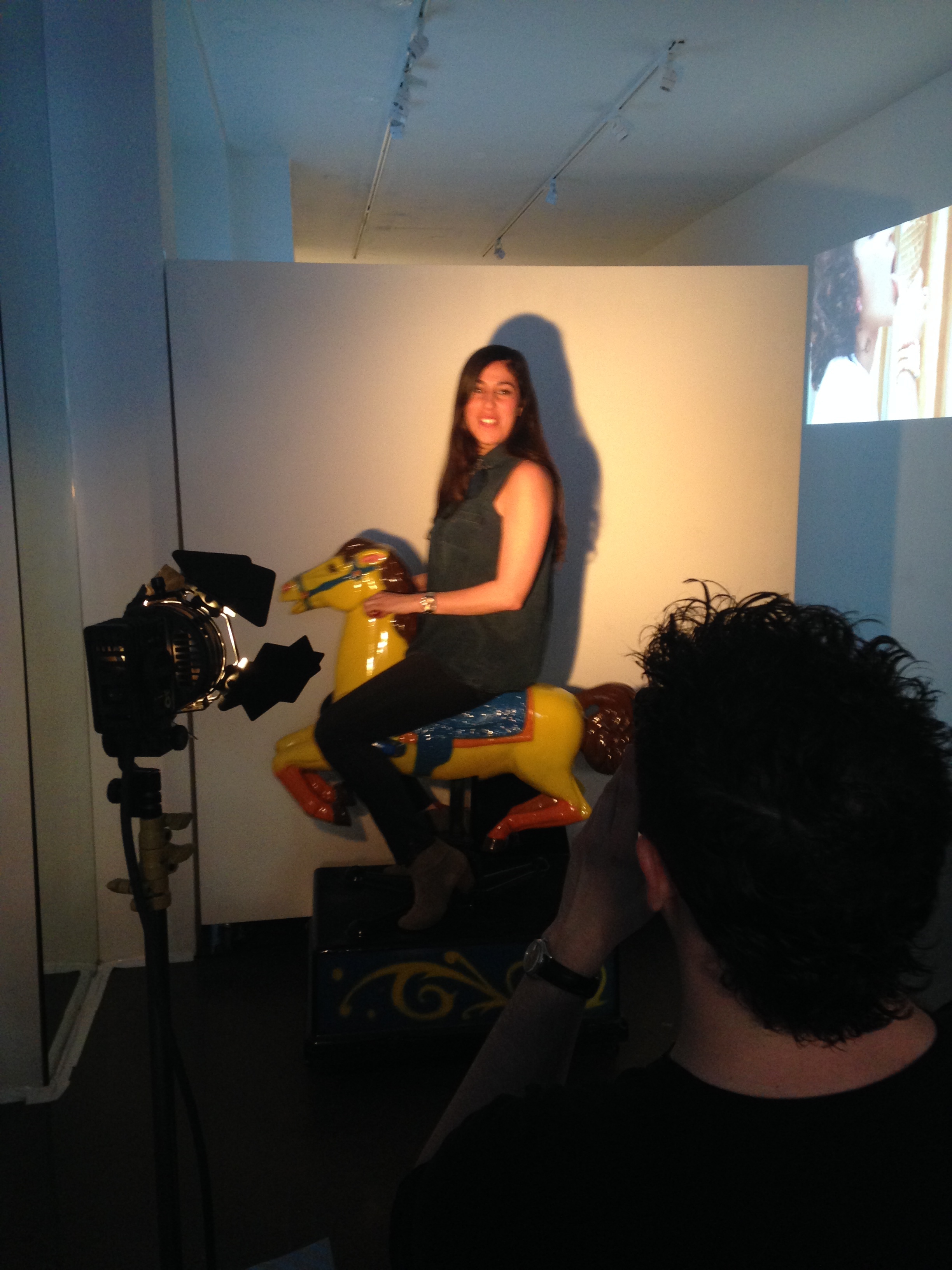ON DESIGN THINKING
What is Design Thinking? There is not an easy, comprehensive definition of it.
Stanford D School defines it as “a methodology for innovation that combines creative and analytical approaches and requires collaboration across disciplines.”
The emphasis on Design Thinking is that it is a process where “Learning by Doing” is key.
The 5 key actions of Design Thinking includes:
1. EMPATHIZE
2. DEFINE
3. IDEATE
4. PROTOTYPE
5. TEST
There are 7 guiding mindsets behind these actions:
1. SHOW DON’T TELL
2. FOCUS ON HUMAN VALUES
3. CRAFT CLARITY
4. EMBRACE EXPERIMENTATION
5. BE MINDFUL OF PROCESS
6. BIAS TOWARD ACTION
7. RADICAL COLLABORATION
So why should we adopt the process of design thinking towards pop-up? Pop-ups are temporary, short projects that are usually in a more experimental stage. Because of this experimental stage, pop-ups are usually learning oriented to gain insights so as to better shape the next action. The insights could be many folds, including understanding needs, testing ideas, drawing market insights, building followers or customers, testing pricing, validating new experiences or services, and many more. The Design Thinking approach provides a well-tested process that is “human-centered”, i.e. all the learnings are aimed at delivering a better experience, idea, product, or service to people. The diversity of ideas that could be cultivated out of this framework ranges from art, design, civic, community or business ideas, because the value is about a “human-centered” design, and not necessarily a “profit-driven” design, even though the two are related.
Here are 10 ideas that could be a seed for what a human-centered approach towards a pop-up project could look like. Feel free to mix-and-match with these different approaches to make your own!
1. A CREATIVE LISTENING PROJECT
To fully empathize is to listen creatively. How best to create pop-up ideas that can truly understand the needs of your audience? One great example is the Strangers Project created by Brandon Doman where he goes around the city to collect anonymous stories from strangers.
2. AN OBSERVATION STATION
How can we use the pop-up to observe behaviours of your target audience? There could be many ways to it. Using the pop-up as a way to observe human actions, or in this case, using it to disseminate tools (in the form of portable camera), and exhibit the results of people's viewpoint of specific subjects that maybe hard to observe in the traditional sense.
3. CROWDSOURCING IDEAS
How can we use the pop-up to gather the creativity of residents and the general public? There are numerous platforms that have started this quest to collect and categorize opinions given the locale and condition of a vacant lot, vacant building, or even a whole neighborhood, such as Hoodstarter, a digital platform that selects underused properties and allow the digital community to crowdsource and vote ideas. Other similar tools include Co-Urbanize and Neighborland.
4. WORKSHOP TO DRAW INSIGHTS
Pop-ups are incredible opportunities as an engagement opportunity to draw insights about what could be done to the problem or opportunity at hand. Both qualitative and quantitative responses could be generated such as post-it walls, chalk walls, video interviews, live surveys with stickers or post-its, and many more.
5. INVITATION FOR COLLABORATIVE ACTIONS
A step towards a more progressive response is to use the pop-up opportunity to engage current or new collaborators for the next experiment, and invite them into your vision of how a collaborative project would create a win-win for all collaborators involved. This goes back to some of the key concepts of successful creative place-making projects.
6. CREATING AN EXPERIMENTAL EXPERIENCE TO GAIN NEW FOLLOWERS / BUILD LOYALTY TO CURRENT FOLLOWERS
You already have an awesome idea... but it has never been manifested in a spatial setting where you can create an experience with people. The pop-up is an opportunity to convert your abstract thoughts / ideas / concepts into an interactive experience to communicate to your current followers, or new followers, of what that means and looks like. The process of planning the experience, crafting the message, and inviting your followers to come becomes as important, if not more important, than the product and experience itself as it becomes a trial-run to execute your idea in real life.
7. A/B TESTING YOUR IDEA
Pop-ups can become live versions of your A/B testing, which is simply two versions of the same idea executed differently to see which receives a better response. When you have different directions of how your product or service can be crafted, use a pop-up A/B test to try variations, and better even, these are opportunities to get direct user feedback on these variations.
8. A TRANSFORMABLE SPACE AS PROTOTYPE(S)
Got one idea but many ways to program it? Make your pop-up space transformable to different configurations so that you can test the best time of the day or day of the week for different concepts. An example include making financial engagement in the form of a Coffee Shop, Educational Workshop, Exhibition Space, One-on-One counseling, all within the same setting.
9. A MINIMUM VIABLE STORE
Pop-ups are opportunities to test a location or your concept before committing long-term lease. With the same concept of a Minimum Viable Product, a pop-up store is the minimum viable store with decors and products that do not necessarily need the expensive and perfection needed for your permanent store. Shipping crates? Ikea Furniture? Even paper stools? Yes, and yes. Make it barely functional to ensure that that you are spending the least amount for the maximum effect.
10. A POP-UP MARKET OF [FILL IN YOUR BLANKS]
Pop-up markets can be used as opportunities to create collaborative action among like minded businesses and creatives. This could be a tremendous chance to present your ideas to government officials, business improvement districts, or even private corporations that are aligned with your vision and mission. It would also be a prototype to test how the public receive your idea (whether it is art focused or business focused). By involving multiple participants across different sectors (such as vendors, performers, artists, designers, business professionals) involved, it allows for more opportunity for different kinds of input through action. It is not uncommon that the process of making this happen is the first time it's been done, by involving different expertise, it allows for a quick litmus test of whether it is feasible, and if so, how to make this repeatable for the future.
NEXT SERIES: ON PROTOTYPES & TESTS












